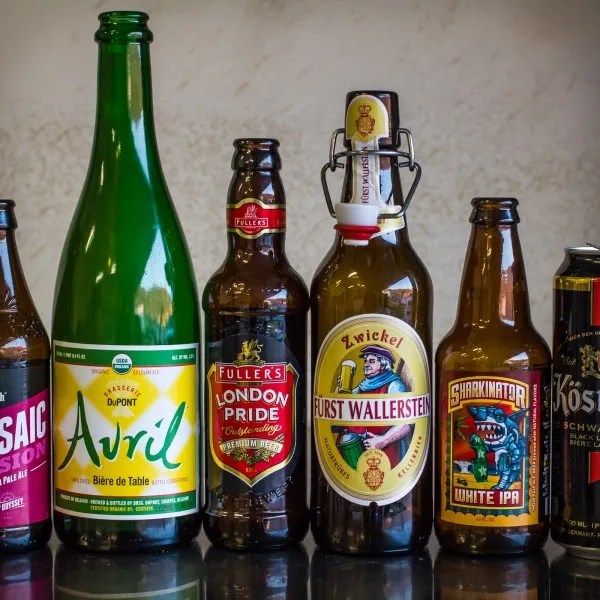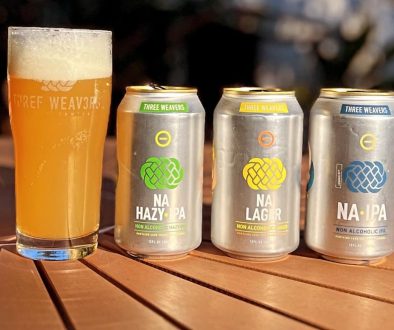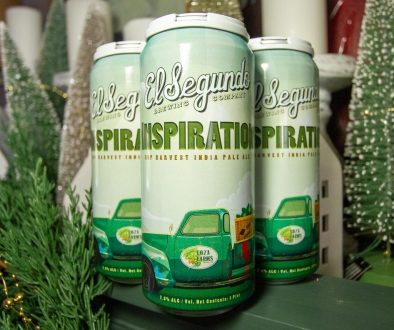But the Greatest of These…is Variety
Friday, April 7, was National Beer Day…but it was also Session Beer Day. And I want to tell you what that’s really about. It’s not just about low alcohol beer; mainly it’s about variety.

I get to tell you that because April 7 was Session Beer Day because I said so, mostly. I had a bit of sway because I somehow managed to get out in front of the session beer surge by talking about them a few years before they really caught on. I thought a “Day” wouldn’t hurt the profile, and started spreading the word.
I picked April 7 because it was “Little Repeal Day,” the day in 1933 when, in anticipation of the full repeal of Prohibition, the law was changed to define beer of 4.0% ABV as ‘non-intoxicating.’ That’s nonsense, of course, but it allowed 4.0% beer to be sold immediately…which must have been fabulous for millions of thirsty Americans. I know I’d have been two-fisting it all night long.
But why did I get out ahead of session beer, and start the whole cheerleading act, and revel in every small success, and just go crazy when major craft brewers started making good, low-alcohol beers? Because I supported what the notion of craft brewing, of microbrewing, has always been about: variety.
I like to drink beer. I like the flavor, I like the people who drink with me, I like the loosely defined ‘beer culture’ that goes with it. And as craft beer was maturing, while we did have plenty of different types of beer, for one reason or another they all kept getting stronger, and bigger, and more boozy. We were losing the variety, at least on the left end of the dial, as a session beer brewer I know refers to the low-alcohol end of the spectrum.
That’s what was so gratifying when session beers took off. It was a vote for variety, showing that people wanted more choices, more options. Session beer has manifested as craft brewing in microcosm. IPA dominates, but there are sours, lagers, wheats, spiced beers and fruit beers. People want pale ales again, they even want milds. One of the biggest-selling craft beers in my home market of Philadelphia is Yards Brawler, a dark, malty, low-alcohol mild that calls itself “a pugilistic ale.”
That kind of variety is what I like to see, what I loved about beer from the get-go, and why I moved away from drinking American light lagers. It’s not so I could trade my single-source drinking to a different single source, trading Rolling Rock and Bud Heavy for Two Hearted and Ruination. It’s so I could look at beer like I look at food. Do I want a vegetable curry, or a roasted leg of lamb, or chocolate pudding, or spanokopita, or a hot bowl of phở, or a big juicy burger? Why would you not want to take advantage of every bit of variety that’s out there?
That’s the heart, the key, the soul of craft brewing. Drinkers tend to think it’s focus — they want more hoppiness, more sourness, more funkiness — or tiny indie brewers, ignoring the great beers made at large breweries just because they’re large. Brewers tend to think it’s about not being multinational, about free access to markets and drinkers.
All of that is important, and remain as core concepts that drive our love for craft beer. But the greatest of these, in my opinion as a long-time observer of the phenomenon, is variety.
Try everything, not just what others are drinking. When I first tried hefeweizen, I thought it was disgusting, but I kept trying it, and now I can think of few things better than a cool glass of cloudy, clovey wheat nectar on a late spring afternoon.
Try to brew everything, not just what other brewers are selling. Every new trend — session beers, kettle sours, New England IPA — came from some brewer deciding they’d try something different, something no one else was selling, something they could not predict success or failure for.
Variety is about risk. You might not like that new beer you paid $12 for. You might not be able to sell that new beer you made. But you’ve learned more about your taste; you’ve learned more about brewing and formulation and the market. Because variety is about reward, too. You can’t grow if you don’t try.
Go out and try a new beer today, or this week. Homebrewer or commercial brewer, say yes to brewing something different, something you’ve wanted to try. Keep craft beer alive and thriving, with the most important ingredient in a great beer scene: variety.



